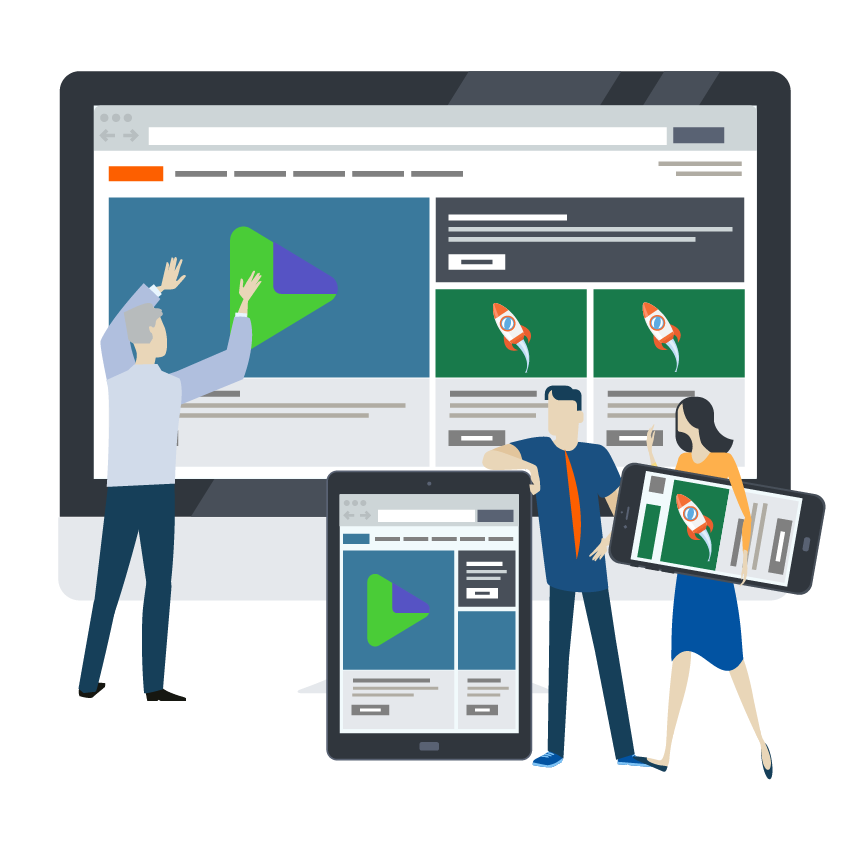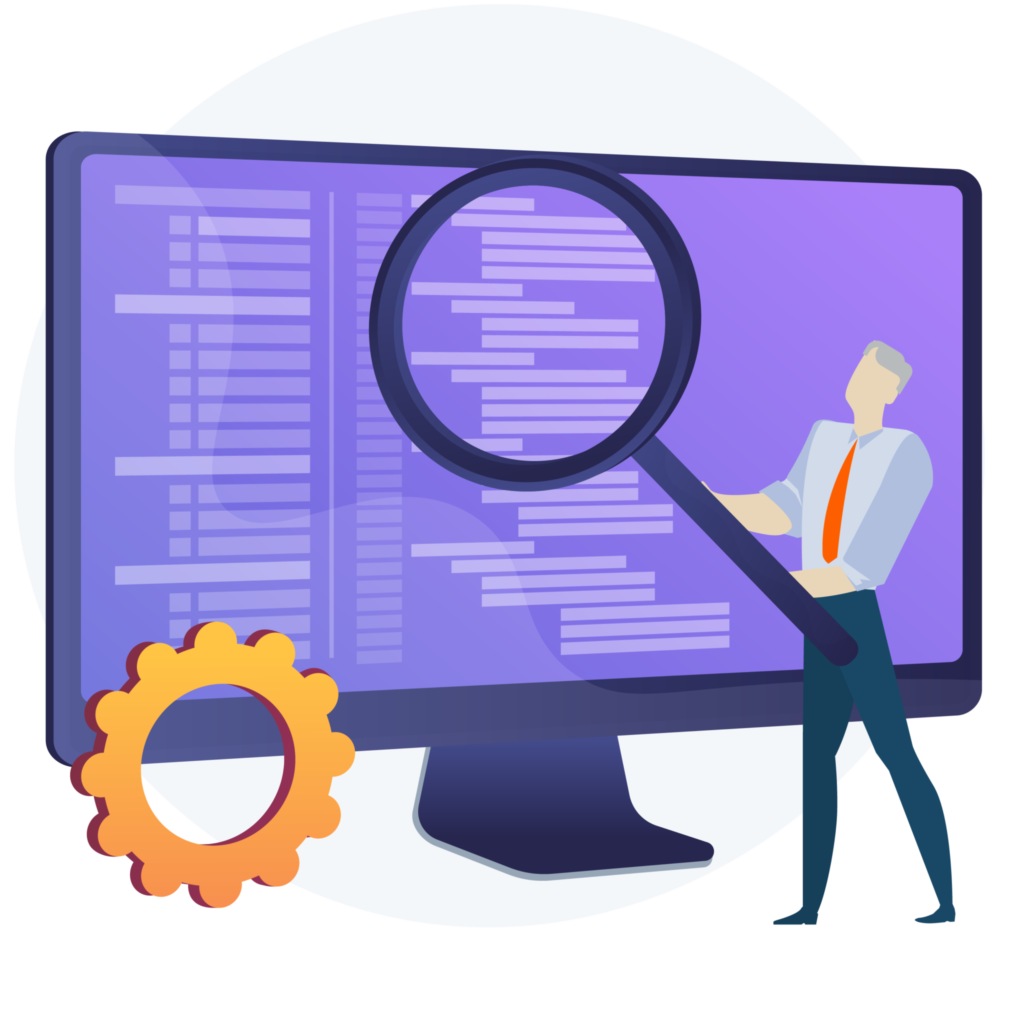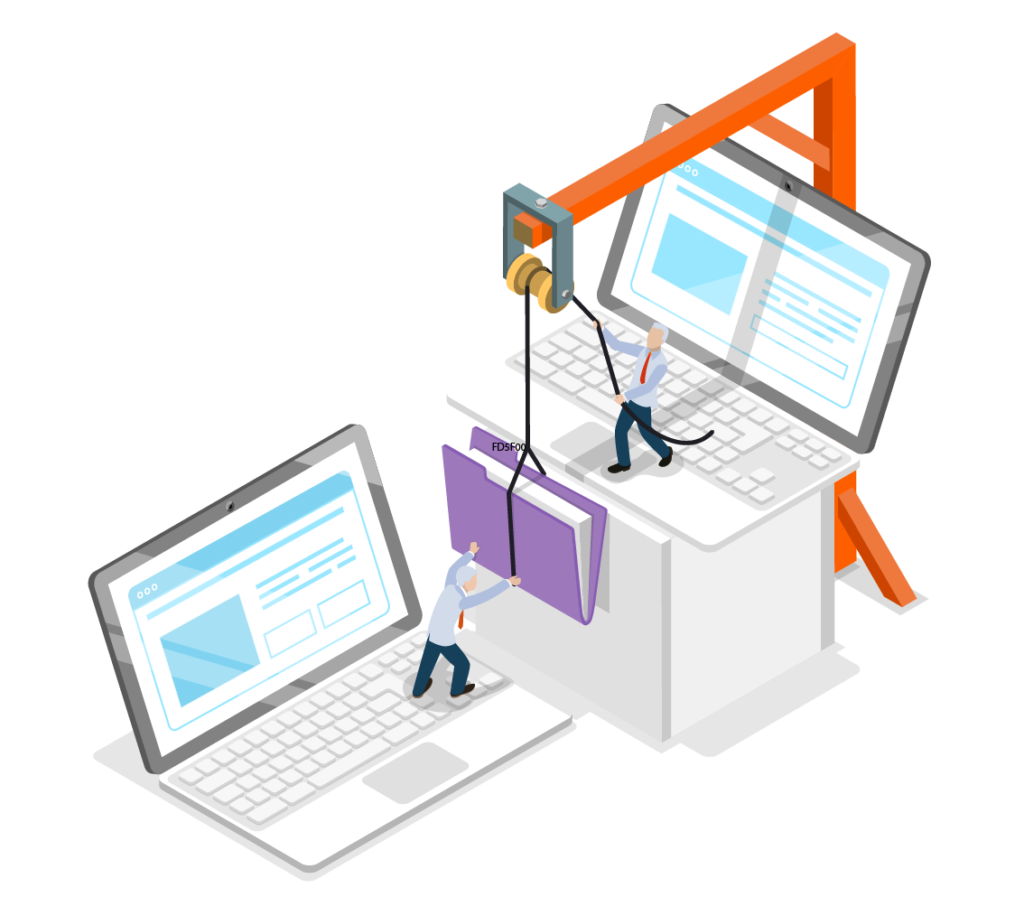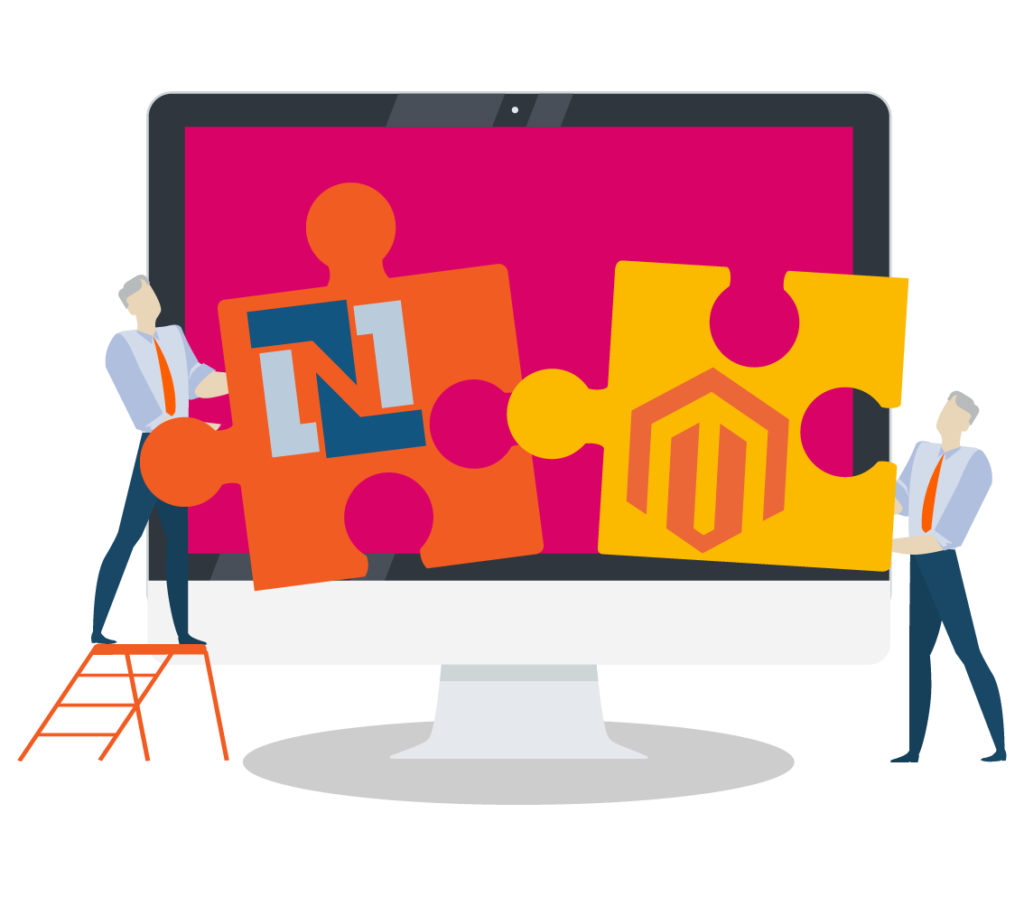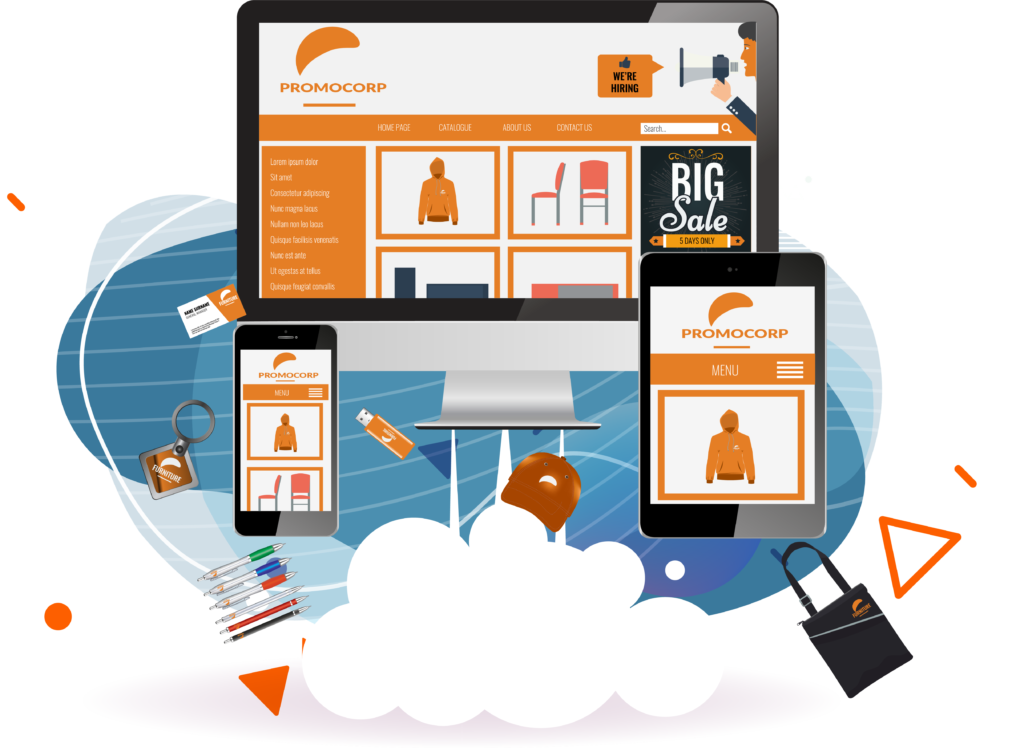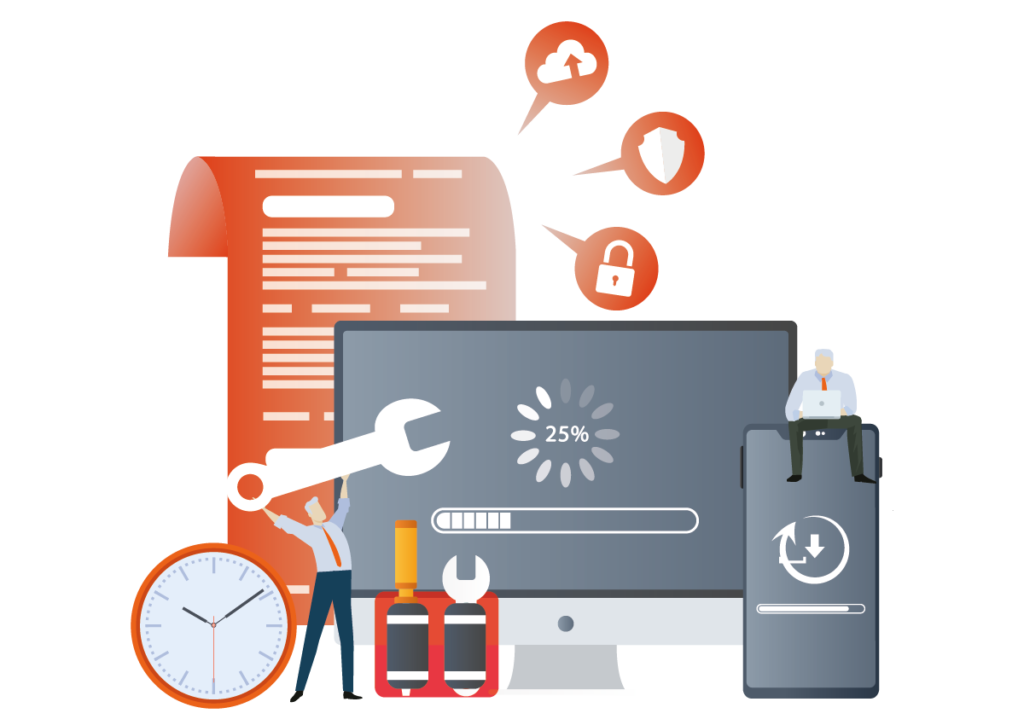Automating the procure to pay process
What are B2B portals?
A B2B portal is a client-specific web portal that lives within your existing eCommerce platform, it has the look and feel of your client’s brands, along with client-specific payment methods, products and user interfaces.
Today customers do not want a generic buying experience, they want personalisation, both with their experience and with the products. As a result, clients can treat the website as their internal online store, allowing for seamless external purchasing that has the feel of remaining internal.
By creating a B2B web portal, your business can create easy listings for client’s specific products with available stock, promotions, and other unique elements. This removes the need for calling up departments that result in slow manual buying processes. Importantly, businesses that offer web portals are also able to integrate their e-Commerce platform with existing enterprise software, such as inventory management systems, allowing you to consistently stay on top of stock in real-time.
The benefits of using B2B portals
- Unique client prices, promotions, and budgets
- Client branded user interface
- Full client visibility from one central location
- Integration with internal enterprise systems
Today buyers want to perform product research and procure goods digitally and fast, without the need for human interaction. They want simple self-service from the device of their choice, with instant access to product data, quantities and other key information.
Clients tend to gain understanding and insight by sharing information on group chats and product forums. And for merchants, providing them with simple access to key knowledge and information means they can resolve their problems quicker and evade picking up the phone.
Unique client prices, promotions, and budgets
To avoid buyers going mad with spending, departments may wish to set budgets, your business may wish to offer promotions to certain customers, upsell dead stock, or have agreed on prices based on buying power. A B2B portal enables you to fulfill all of these criteria, whilst maintaining your relations with several customers and merchants from a single platform. This allows for clear visibility on each client without the added burden of using multiple software or e-Commerce systems to do so.
Branded client user interface
As mentioned, a unique brand experience is critical in any e-Commerce portal for B2B clients. The UX design must meet the unique processes of the client. For instance, the administrative manager orders a specific amount of products, the accounting manager handles the invoice and the logistics manager determines the date and terms for delivery. The system should follow this process and properly react to a variety of actions by different users.
Full visibility from one centralized location
Firstly, branded portals are a helpful channel for managing customer accounts. It’s an excellent way to provide customers with a base in which they can manage any element of their involvement with your company, these key benefits include:
- Viewing order records
- Handle shipping preferences
- Track orders in-transit
- Automate invoices and receipts
- Support clients preferred payment methods
Real-time insight allows for better management of stock, shipping, and planning and also removes the risk of unfulfillment and a loss in trust and potential revenue. By allowing you to handle your content and entire catalog from a single platform, B2B portals make order processing across all sales channels fast and easy, including actions such as bulk orders, order renewals, and multi-channel fulfilment.
Integrate with internal enterprise systems
Keeping a large number of manual processes in 2021 is a sign your business isn’t being as technologically savvy as it could be. Integrating with other internal systems such as e-procurement or CRM systems means eliminating manual processing results in lower administration effort and fewer errors. Employees can focus more on the strategic and ongoing relationship with customers, dealers, partners, and distributors rather than the day-to-day admin of responding to product requests or purchase inquiries.
As mentioned previously, integration with internal systems is key for reliability and reducing costly errors. By syncing up with internal applications, your business can stay on top of your P2P cycle at all points. Your B2B portal should also connect with inventory software, to continuously see how many products are on hand. Additionally, if your web portal can integrate with accounting software, your system will automatically update your sales activities and maintain a record of your sales around the clock.
What to look for with B2B portals:
One of the first element that needs to be considered is flexibility. Having the ability to generate multiple catalogs that can be provided to various clients within your company’s customer base allows for a simple and convenient customer experience as the buyer does not need to scroll through countless product pages that are not relevant to what they require. Additionally, increasing product visibility by possessing multiple product views is handy as well so that clients can see everything they wish to purchase and customize their cart as they see necessary.
Secondly, you will want your B2B portal to be as versatile as possible. Offering various payment opinions to your clients, using platforms like PayPal, or setting up for the accessibility of company credit cards will likely boost sales. On top of payment options, your customers may wish to view and manage their accounts immediately, including having access to features such as viewing their purchase history and reordering from previous transactions.
For likely clear reasons, payments are considered one of the most important aspects of your business when selling online. Put simply, you can’t keep your business running without correctly receiving orders! Every client processes their orders differently, and your B2B web portals must reflect this, you should therefore have the capability to generate complex pricing and payment options that can accommodate every customer’s P2P cycle, regardless of location, volume, frequency, payment choice, and several other factors. In summary, you should be able to easily promote promotions and discounts, establish a minimum order value, and provide flexible payment options.
Lastly, ensure your platform of choice is user-friendly. We’ve explained that your clients should be able to create their profiles to access previous orders and save payment information. They should also be able to navigate the website and intuitively place an order. Keeping your customers satisfied with every experience will help your business thrive beyond what you could imagine.


